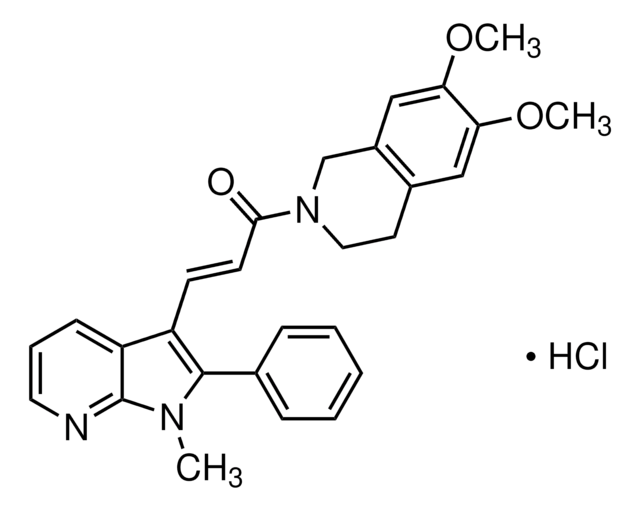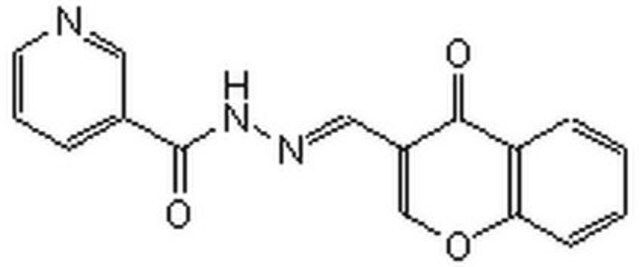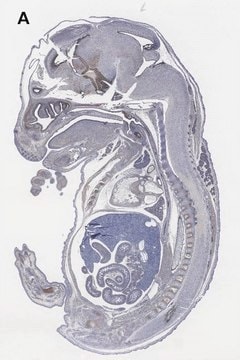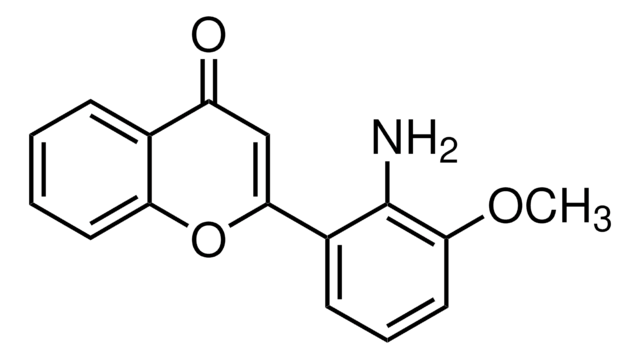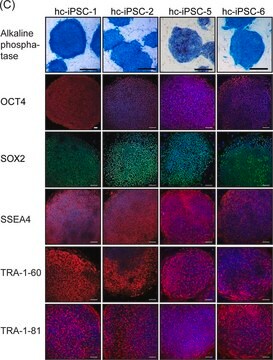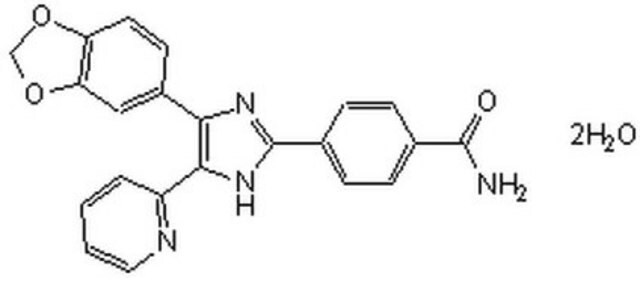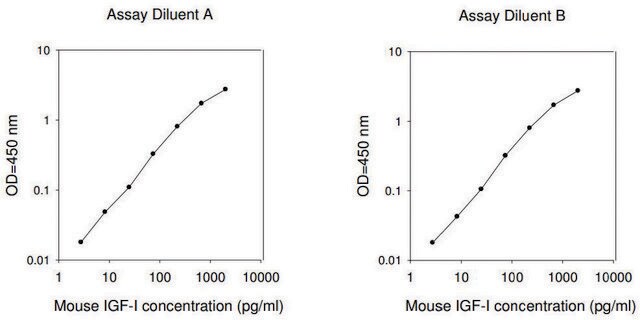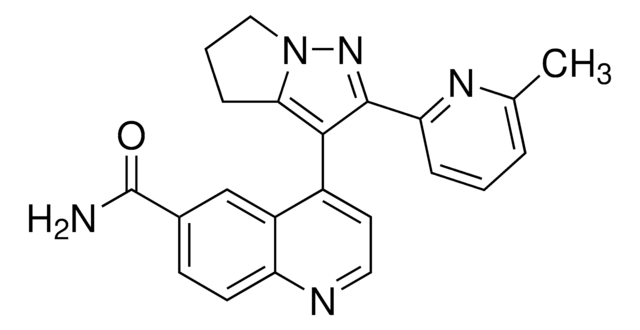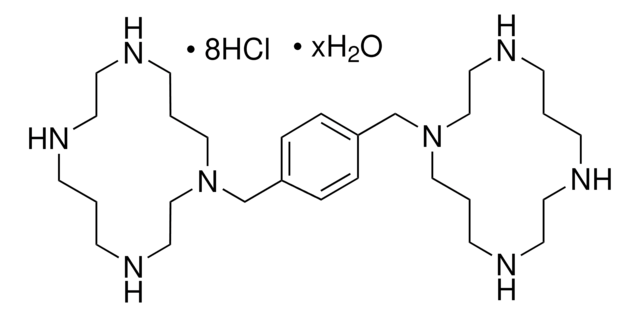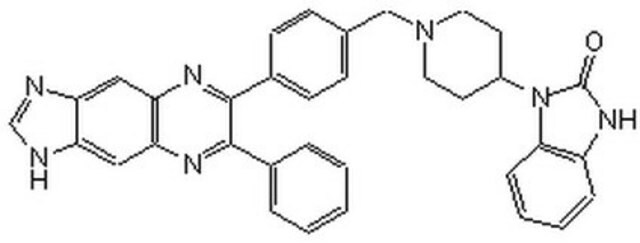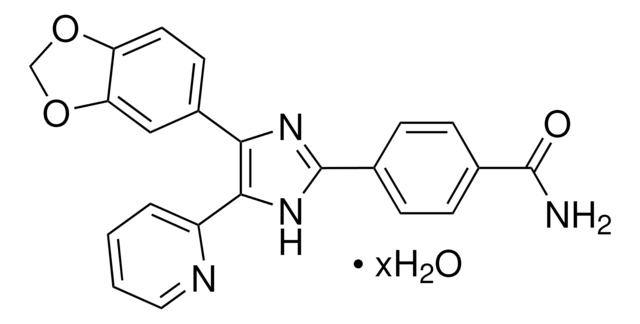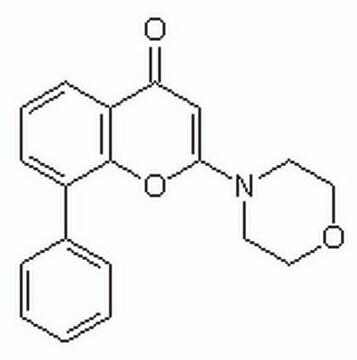566405
SIS3
≥90% (HPLC), solid, Smad3 inhibitor, Calbiochem®
Sinónimos:
Smad3 Inhibitor, SIS3, SIS3, 6,7-Dimethoxy-2-((2E)-3-(1-methyl-2-phenyl-1H-pyrrolo[2,3-b]pyridin-3-yl-prop-2-enoyl))-1,2,3,4-tetrahydroisoquinoline, Specific Inhibitor of Smad 3
About This Item
Productos recomendados
Nombre del producto
Smad3 Inhibitor, SIS3, Smad3 Inhibitor, SIS3, CAS 1009104-85-1, is a cell-permeable, selective inhibitor of TGF-β1-dependent Smad3 phosphorylation and Smad3-mediated signaling. Does not affect Smad2, MAPK, ERK, or PI3-K.
Quality Level
assay
≥90% (HPLC)
form
solid
manufacturer/tradename
Calbiochem®
storage condition
OK to freeze
protect from light
color
off-white
solubility
DMSO: 15 mg/mL
ethanol: 5 mg/mL
shipped in
ambient
storage temp.
2-8°C
SMILES string
[n]1(c2ncccc2c(c1c5ccccc5)C=CC(=O)N3CCc4c(cc(c(c4)OC)OC)C3)C
InChI
1S/C28H27N3O3/c1-30-27(19-8-5-4-6-9-19)22(23-10-7-14-29-28(23)30)11-12-26(32)31-15-13-20-16-24(33-2)25(34-3)17-21(20)18-31/h4-12,14,16-17H,13,15,18H2,1-3H3
InChI key
IJYPHMXWKKKHGT-UHFFFAOYSA-N
Application
Biochem/physiol Actions
TGF-β1-dependent Smad3 phosphorylation and Smad3-mediated cellular signaling
Packaging
Warning
Reconstitution
Other Notes
Product does not compete with ATP.
Cell permeable: yes
Jinnin, M., et al. 2006. Mol. Pharmacol.69, 597.
Legal Information
Storage Class
11 - Combustible Solids
wgk_germany
WGK 1
flash_point_f
Not applicable
flash_point_c
Not applicable
Certificados de análisis (COA)
Busque Certificados de análisis (COA) introduciendo el número de lote del producto. Los números de lote se encuentran en la etiqueta del producto después de las palabras «Lot» o «Batch»
¿Ya tiene este producto?
Encuentre la documentación para los productos que ha comprado recientemente en la Biblioteca de documentos.
Los clientes también vieron
Nuestro equipo de científicos tiene experiencia en todas las áreas de investigación: Ciencias de la vida, Ciencia de los materiales, Síntesis química, Cromatografía, Analítica y muchas otras.
Póngase en contacto con el Servicio técnico